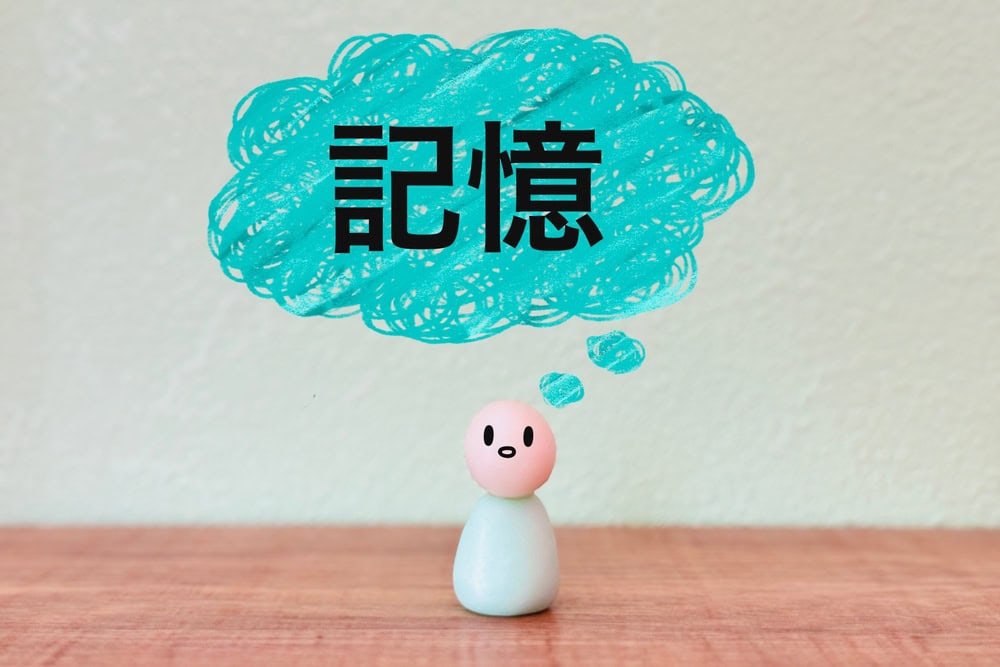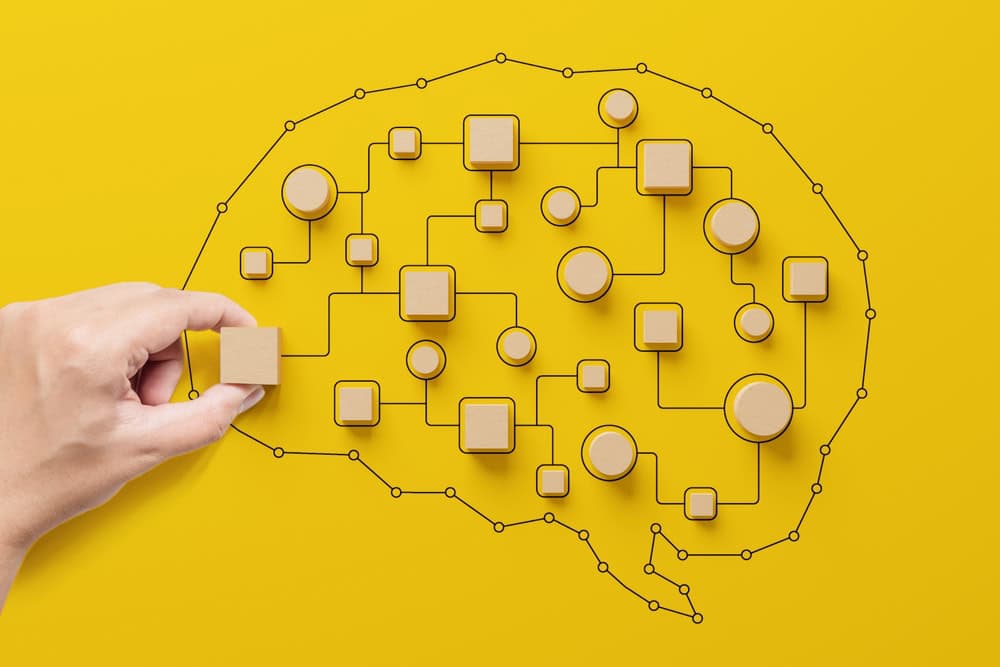
If you’ve browsed for study hacks online recently, surely you’ve seen a student effortlessly recall random facts or equations almost magically. This isn’t a unique skill; it’s the use of Japanese memory strategies.
These learning techniques derive from study methods that have been developed over a long period in Japanese culture and are now supported by recent advances in cognitive science. It provides opportunities for both short-term and long-term retention for students everywhere.
Whether you will use these techniques for exams or long-term learning, implementing these Japanese memory strategies will help you learn faster and reduce stress.
1. Spaced Repetition (SRS)

Japanese memory learning is often tied to a Spaced Repetition System. SRS tools help you schedule your review immediately before you forget it, which can increase your successful recall.
Why does it work? Because of:
-The “spacing effect” has been scientifically proven.
-Active recall, which can lead to long-term retention.
How can you do this?
-Enter key concepts into your Anki account.
-Follow a gradual review system (1→3→7 days, etc.).
-Trust your Japanese memory rhythm of spaced, regular repetition.
2. Visual Mnemonics (Kanji Style)

Japanese memory-based learning provides a plethora of learning strategies for when the student is assuming mastery of kanji, but easily transfers to attaching a visualization of an image or a certain story-like aspect to disjointed characters. Websites like Kanji Koohii and the RTK method rely heavily on your ability to visualize and then create your mnemonic ideas.
3. Memory Palace (Method of Loci)

The Memory Palace is also known in the West & is an essential Japanese Memory technique. In this technique, an item is linked with a place on your imagined path that you already know.
Why is it effective?
-Utilizes an inherent strong capacity for memory in spatial systems
-Excellent for learning steps, sequenced facts, or speeches.
How to use it:
-Visualize your home/a familiar route you use every day.
-At each of the concept’s landmarks, place one of your concepts.
-Mentally walk there to access the information locked in your Japanese memory palace.
4. Chanting & Rhythm (“kakegoe”)

Students will often chant formulas, poems, and dates in rhythmic repetition, which is an effective Japanese memory technique.
Why is it effective?
-Uses auditory and sensorimotor memory loops.
-Patterns of rhythm in learning will enhance neural coding.
How to practice:
Say aloud important facts with an assessment rhythm of information.
Auditory and sensorimotor effects of rhythmic repetition can increase the retrievability of memory, so find a way that works for you. The above example is an effective Japanese strategy for memory.
5. Mind Mapping

Japanese memory techniques regularly implement mind maps to visualize the connections to the central topic.
Why does it work?
– Mirrors the brain’s associative structure
– Fosters an organization and recollection of conceptual relationships.
How does it work?
– Write the main idea in the center
– Branch by subtopic, color-code, add icons/images
– Use it to capture entire chapters or essay outlines.
6. Shū & Kaizen: Focus and Daily Practice

Japanese culture places value on Shū (focused repetition in a disciplined environment), and Kaizen (continuous, incremental improvement).
Why it Works:
-Consistency builds memory retention.
-Culture of small daily victories strengthens Japanese memory through repetition and focus.
How to Implement:
-Select a location with minimal distractions, and sit to study.
-Use a study pattern, like 2 min recall → 2 min review → repeat.
Final Takeaway

Gradually increase the duration — the strength of Japanese memory techniques lies in their consistency and cumulative effect over time. To really harness your learning superpower, incorporate a Japanese memory strategy – or two – into your study regimen. Whether you are taking exams, preparing for an interview, learning a language, or simply studying new things, these methods, which come from tradition and science, are easy to use and powerful.
Are you ready to try?
Pick a Japanese memory strategy. Use it consistently for one week. Notice how you improve, make adjustments, and keep going!
FAQs
Q: Can the Japanese memory methods apply to competitive exams?
Of course. Spaced repetition, Memory Palace and Kaizen reviews on a daily basis store a lot of information in memory over time – this is ideal for college/university entrance exams and boards prep.
Q: Do Japanese memory strategies apply to language learning?
Yes. Visual mnemonics and rhythm recitation are uniquely effective tools for memorizing vocabulary and grammar, regardless of whether the wordlist is Japanese, Spanish, or medical terminology.
Q: What if I’m struggling to concentrate – will it all still work?
Absolutely. The Japanese memory techniques reinforce cognitive memory through visualization and rhythm, highly advantageous to students who have short attention spans or anyone with attention challenges such as ADHD.
Q: When will I see results?
If you practice these methods regularly, you’ll notice better memory recall and less study fatigue in a week or so. Benefits are compounding if used consistently over time.
Recommended Reads
How Gut Health Affects Your Brain: The Science Behind the Gut-Brain Connection
Fuel Your Mind for Optimal Performance: Essential Nutrients for Brain Health
(The article is written by Deepa Sarkar, Medical Writer, and reviewed by Monalisa Deka, Senior Health Content Editor)